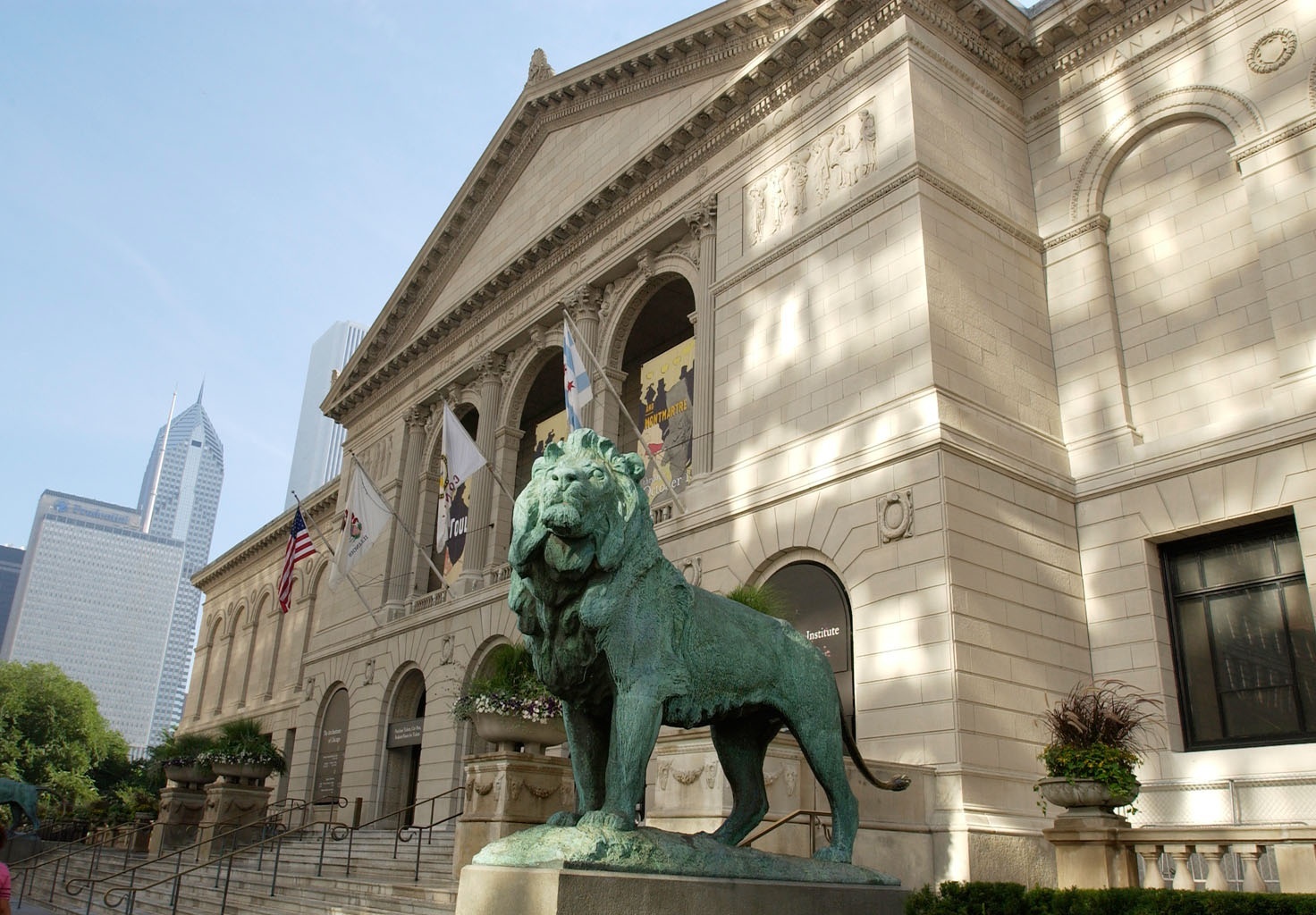Nov 4 2018 - Jan 27 2019
Chicago, IL
“Ukiyo-e painting has an appeal that is so intriguing and special I simply fell in love with the genre,” remarked Roger Weston. “It has been a true pleasure to assemble a collection that encompasses the full chronology of ukiyo-e and all the major schools.”
The Weston Collection focuses on images of bijin, or beauties. Whether courtesans, geisha, actors, or women in scenes of everyday life, bijinga (pictures of beauties) embody the floating world’s ideals of style and sophistication. The paintings’ subjects served as important cultural figures: fashion icons, celebrities, and even stand-ins for historical and legendary characters. Through these bijinga, the exhibition explores changing ideals of beauty and highlights some of the more famous personalities of ukiyo-e, such as the Hell Courtesan, a fabled 15th-century beauty and devout Buddhist who wore robes decorated with images of the underworld. Kawanabe Kyōsai (1831–1889) produced several works depicting the Hell Courtesan, but the Weston Collection painting is among the most prized versions of the subject.
In the 17th century, Kyoto, Osaka, and Edo (now Tokyo) were Japan’s thriving cities, complete with bustling entertainment districts where ukiyo, or the “floating world,” was born. People of all ranks shared in the enjoyment of the floating world’s attractions—brothels, kabuki theater, and seasonal festivities. Artists of the period captured this popular phenomena in ukiyo-e, or “pictures of the floating world.” Over the last 25 years, Roger Weston has assembled an outstanding collection of ukiyo-e paintings—masterpieces by the most famed artists of the day.
In contrast to ukiyo-e woodblock prints, which were created in multiples and consequently well circulated, ukiyo-e paintings were one-of-a-kind works commissioned from the same artists celebrated for their prints, including Katsushika Hokusai and Kitagawa Utamaro. Lavish and unique objects, the paintings were conceived in various forms—folding screens, hanging scrolls, handscrolls, and albums—and emphasize the makers’ talent and technical skill. Until recently, these compelling works were not often collected in large numbers outside of Japan, making the quality and range of the Weston Collection all the more extraordinary.
Credit: Exhibition overview from museum website
Whether or not you go, the exhibition catalog, Painting the Floating World: Ukiyo-e Masterpieces from the Weston Collection, features more than 150 works from the celebrated Weston Collection, the most comprehensive of its kind in private hands. Published here for the first time in English, this lavishly illustrated and meticulously researched volume addresses the genre of ukiyo-e painting in all its complexity. Individual essays explore topics such as shunga (erotica), mitate-e (images that parody or transform a well-known story or legend), and poetic inscriptions, revealing the crucial role that ukiyo-e painting played in a sophisticated urban culture.
Select Painting the Floating World: Ukiyo-e Masterpieces from the Weston Collection to learn more, or to place this book in your Amazon shopping cart. Your Amazon purchase through this link generates a small commission that will help to fund the ArtGeek.art search engine.
Exhibition Venues & Dates
Nov 4 2018 - Jan 27 2019
Chicago, IL

